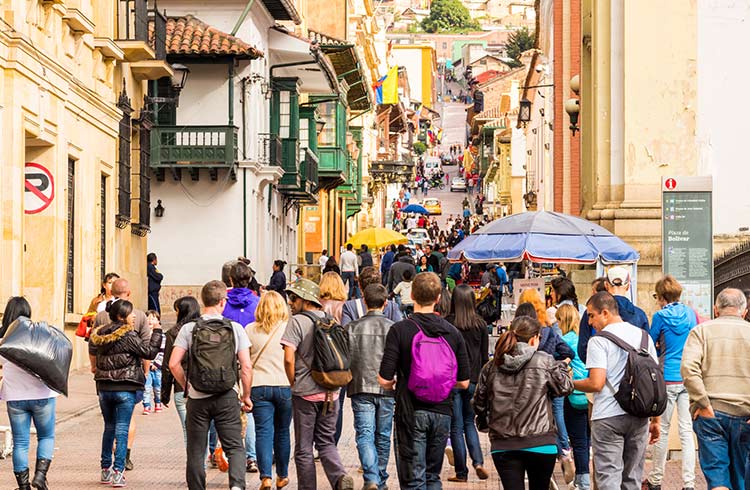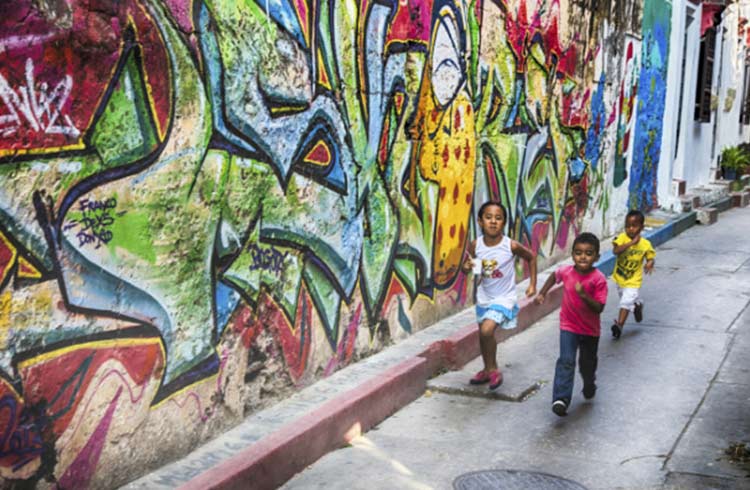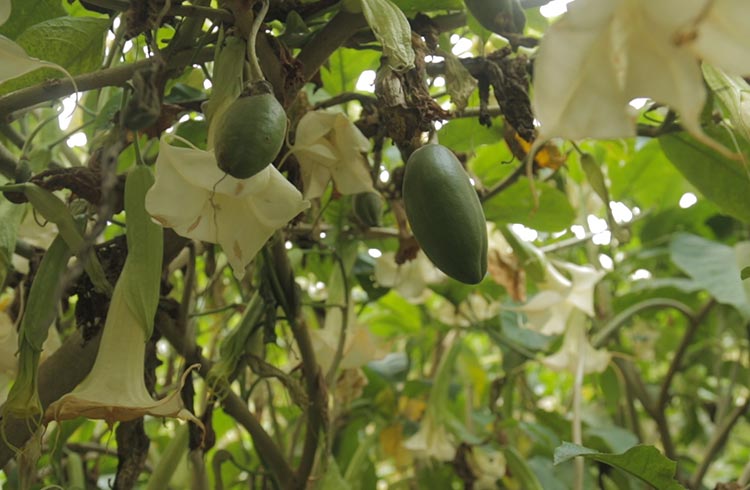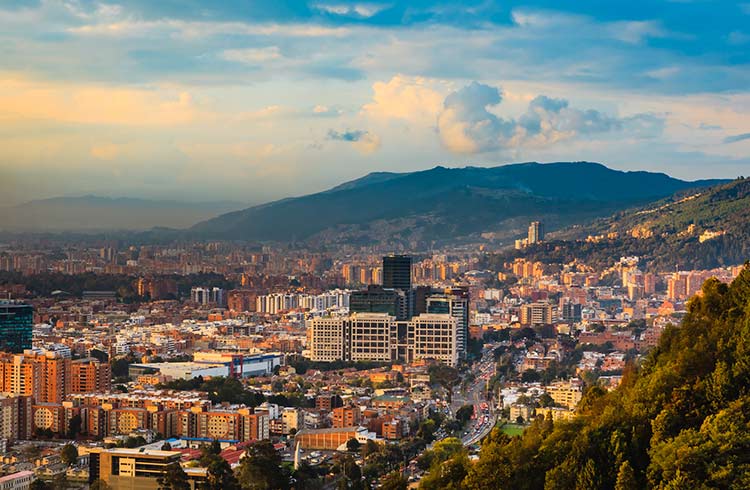Kidnapping in Colombia: What Travelers Need to Know
Jacqui de Klerk separates the fact from fiction on kidnapping risks in Colombia, and everything you need to know to stay safe.
 Photo © iStock/holgs
Photo © iStock/holgs
Colombia is one of South America's best travel destinations. The violent crime and chaos that kept visitors away in the past have been drastically reduced over the last decade. Particular progress has been made combatting the worst traveling nightmare – kidnapping.
Here are a few things you need to know about kidnapping risk in Colombia.
- Kidnapping in Colombia
- Will I get kidnapped in Colombia?
- Express kidnappings in Colombia
- Places to avoid in Colombia
- Traveling safely through Colombia
History of kidnapping in Colombia
From the 1960s, Colombians were caught in the middle of a civil conflict between left-wing guerrilla groups, far-right paramilitaries and drug cartels. Kidnapping was increasingly used as a terror tactic or for political leverage. Ransoms provided a source of finance, along with cocaine production.
While some of the kidnappings were planned, many of the reported incidences were opportunistic, especially those involving foreign citizens traveling through regions operated by rebel groups.
Will I get kidnapped in Colombia?
The chance of being kidnapped in Colombia nowadays is slim to none. The historic 2016 ceasefire agreement between the Colombian government and the FARC and increased security forces in cities and along major roads have led to a significant decrease in kidnappings. That said, you still need to use caution and common sense to stay safe in Colombia.
While there is a peace agreement with the FARC, other rebel groups – such as the ELN (National Liberation Army) and dissidents of the FARC – continue to pose a risk in particular areas of the country. Colombians are typically the main targets, but rebel groups can also target foreign nationals working in (or thought to be working in) the oil, mining and other related industries.
In October 2023, the EMC rebel group (an offshoot of FARC who didn't agree to the 2016 cease-fire) signed a three-month cease-fire, and on Dec 14, 2023, stated they would stop kidnapping people for ransom.
The Venezuelan government often temporarily closes its land borders with Colombia due to political tensions, security concerns, and contraband smuggling. Check with authorities for the latest security updates before traveling anywhere near the border.
Taking buses and public transport in Colombia is safe, and there is a very, very low chance of being kidnapped.
However, try to always travel long distances during the day and with a reputable bus company, such as Marsol, Berlinas, Expreso Brasilia, or Rapido Ochoa. These companies always travel on main routes, only stopping to pick up passengers at official bus stations.
Express kidnappings: Paseo Millonario/Secuestro Express
The so-called paseo millonario (millionaire's ride) happens when criminals working with taxi drivers take a passenger to various ATMs and force the victim to withdraw money from their account.
The abduction doesn't last long (24-48 hours), and victims are released unharmed. The targets are usually middle-to-wealthy Colombians and foreign nationals for their perceived wealth.
Although this type of crime doesn't happen often, it is important to be aware that criminals are opportunists and randomly select their victims.
By avoiding vulnerable situations, this will not happen to you. Most express kidnappings involve victims who have hailed a taxi from the street.
Never flag a taxi from the street, especially in dodgy or tourist areas in big cities, or if you are alone. Nor enter an already occupied taxi. Instead, call a taxi from a restaurant, bar or hotel, or use ride-hailing apps Beat or Cabify. (Uber is not available in Colombia).
Leave bank cards, passport, and valuable jewelry locked up in the hotel safe and only carry a copy of your passport and enough money for the day/night.
Alternatively, bring a credit card with a low limit.
Tips to staying safe:
- The best defence is a low profile. Be careful about displaying your money or valuables, and don't give out information about where you're staying
- The ATMs themselves are sometimes targeted, so it's best if you can go with friends or another group. Try to avoid making withdrawals at night and don't take out huge sums of cash at once
- Make sure you don't use unlicensed taxis and never get in a cab if it's already occupied
- A powerful drug called scopolamine, locally known as burandanga or borrachero, is sometimes used to render victims helpless. Colorless and odorless, borrachero can be sprinkled into drinks, food or even cigarettes. If you haven't bought the food or drink yourself, don't touch it
- Express kidnappings are often opportunistic and, as such, are unpredictable. Attacks usually begin frantically and violently to ensure cooperation as quickly as possible
- Be quick to hand over anything of value. Any attempt to fight or escape will only make them more violent and demanding. It's not worth risking your life over a few hundred dollars
- A low-limit credit card for traveling is a good idea and can also save you suffering at the hands of card skimmers and credit fraudsters. A separate bank account you can top up as needed while traveling is also a good idea. Better yet is to avoid carrying your cards if possible; leave them locked up in your hotel and carry only as much cash you need for the day.
Places to avoid in Colombia
The danger is greatest in the far south and northeast of the country, where rebels and drug cartels hide out in the remote mountains and thick jungle.
This makes things pretty easy for visitors: most major cities and tourism drawcards lie outside the danger zones. The key is to avoid traveling too far off the beaten path and stay out of rural areas. Luckily this doesn't apply to the gorgeous Zona Cafetera, where Colombia's coffee production is centred.
Departments (excluding their respective capital cities) which should be avoided according to several governments include Nariño (except Ipiales border crossing), Putumayo, Arauca, Cauca (except the road between San Agustin ruins in Huila and Popayán), Caquetá, Guaviare, Guainía, Vichada, Huila, Norte de Santander, and Santander.
Much of the department of Chocó on the Pacific coast is remote, with active illegal armed groups throughout the region, particularly near the border with Panama. So except for Capurganá and the whale-watching towns of Nuquí and Bahía Solano, Chocó should be avoided.
Avoiding rural areas in northern Antioquia, southern Cordoba, southern Valle de Cauca, and southern Bolivar is also recommended. Except for Villavicencio and Caño Cristales, the department of Meta should be avoided entirely.
If you intend to visit Chocó or Caño Cristales, travel by air, and don't travel beyond the main tourist sites. And if you decide to do the Lost City trek in the Sierra Nevada de Santa Marta, you should only do so with an organized tour.
Illegal Colombian armed groups have become active along the Venezuelan border in recent years, particularly in the department of Arauca, where there are frequent clashes between rebels groups. To avoid being caught in the crossfire of a drug war, it's best to avoid the Colombian-Venezuelan border altogether.
Traveling safely through Colombia
Traveling by night in Colombia isn't a good idea. Night buses might be a convenient way to combine sleep and travel times, but they are more often targeted for robberies and kidnapping.
It's also best to stick to the big national bus companies like Expreso Palmira, Bolivariano, Berlinas, Expreso Brasilia, Copetran, and Rapido Ochoa. They tend to take more direct routes and are less likely to stop for roadside passengers along the way, which can be risky.
Domestic flights are relatively cheap in Colombia, with some airlines offering great promotional deals to rival bus prices. It's worth checking online before you buy a bus ticket.
Hire cars are sometimes targeted in robberies and abductions, especially on tough rural roads where a slow-moving vehicle is an easy target. The risk of kidnapping or coming across roadblocks set up by rebel groups is higher in some rural areas.
If you do want to drive yourself, make sure you drive during daylight hours and stick to the major highways – don't stop unless you're in a populated area. Try to keep the petrol tank topped up, so you're not forced to stop in danger zones.
Carjacking can be an issue in the bigger cities, so remember to keep your doors locked at all times. Be wary at intersections, especially at night, and don't hang around if you think you're in danger.
If you want to travel to remote areas, only do so with a reputable tour agency. You should also check for up-to-date advice from your government and the local authorities before your journey. And it goes without saying that hitchhiking is not a great idea in Colombia.
Before you buy a travel insurance policy, check your government travel warnings and health advice – there may be no travel insurance cover for locations with a government travel ban or health advice against travel.
Related articles
Simple and flexible travel insurance
You can buy at home or while traveling, and claim online from anywhere in the world. With 150+ adventure activities covered and 24/7 emergency assistance.
Get a quote



2 Comments
I have been living in Ecuador and travelled lot there, but now I have decided to experiment living in Colombia, Medellin. I am not very concerned of safety issues there, as I have a good local friend assisting me in all matters.
But I have a question. I know it is possible to get sequestro expressed there,
Am I in special danger, as I do not have any working credit card, just a debit card and I only fill there money for to take cash from ATM s inside big markets, so all other time my moneys are on an account only to be reached by internet bank.
Do the kidnappers get mad and harm me, when they can't get a penny out in ATM? Only they can get my little cash money-
Anthony, I am in the coffee region. Beautiful country. Great birding, but way too dangerous for a photographer imo. I was going to go to Santa Marta. But decided to spend my time here and go home. I'll head to the Yucatan next. Great birding and safe. Here, no way would I bring in gear unless I could hire a policeman to go with me every where.